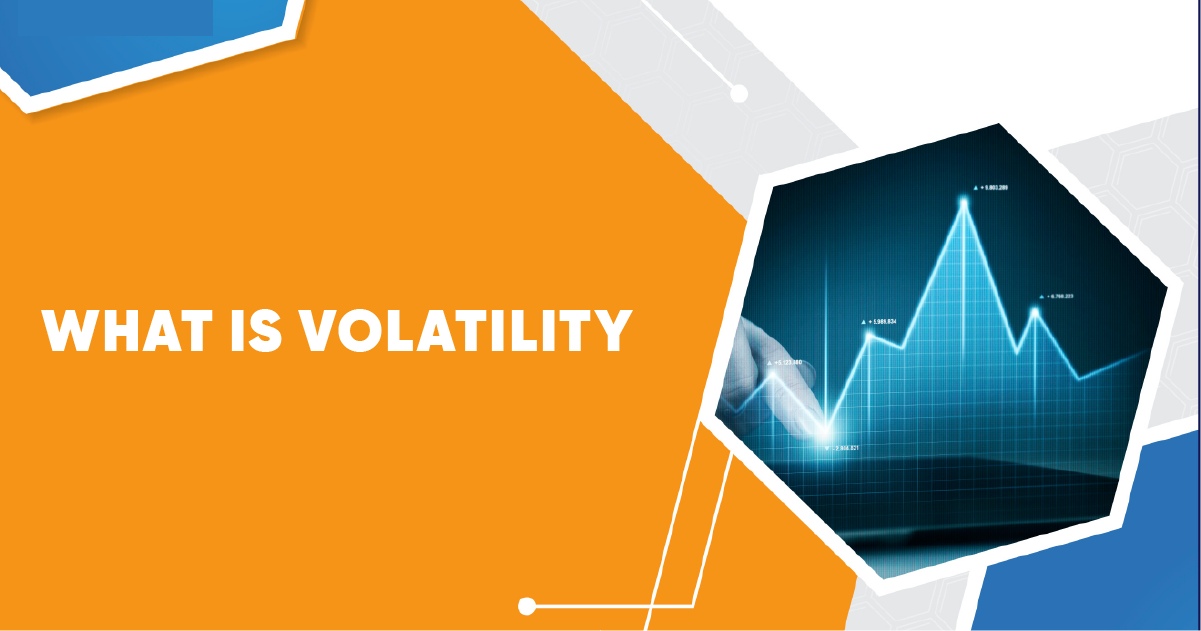
Navigating the Waves: Demystifying Market Volatility
27th February 2024 | 2 minutes read
Volatility, a term often associated with financial markets, reflects the degree of variation in the price of an asset over time. As markets ebb and flow, understanding volatility becomes essential for investors seeking to navigate the dynamic landscape of stocks, cryptocurrencies, and other financial instruments. Join us on a journey as we demystify the concept of volatility, exploring its definition, measurement, and the implications it carries for market participants.
Unveiling the Definition of Volatility
Volatility, in financial terms, refers to the degree of variation of a trading price series over a specific period. It’s a measure of how much the price of an asset deviates from its average.
- Market Dynamics:
- Volatility captures the inherent fluctuations in asset prices, reflecting market sentiment, economic events, and other factors.
- High volatility suggests larger price swings, while low volatility indicates more stable price movements.
- Standard Deviation as a Metric:
- Volatility is often quantified using statistical measures like standard deviation.
- Standard deviation assesses the dispersion of a set of data points from its mean.
Types of Volatility
Volatility manifests in different forms, each providing unique insights into market behavior.
- Historical Volatility:
- Historical volatility measures past price movements of an asset over a specified period.
- It offers a retrospective view of how much an asset’s price has fluctuated.
- Implied Volatility:
- Implied volatility reflects market expectations for future price fluctuations.
- Commonly associated with options pricing, it indicates the market’s anticipation of future volatility.
Real-World Example – Calculating Volatility
Explore how historical volatility is calculated using a hypothetical stock.
- Company XYZ:
- Daily closing prices over the past 30 days: [$50, $51, $48, $55, …, $49]
- Calculate the average closing price and the standard deviation.
- Calculation:
- Average Closing Price: Sum of daily closing prices / Number of days
- Standard Deviation: Measure of how much each closing price deviates from the average.
Factors Influencing Volatility
Several factors contribute to market volatility, influencing the price movements of assets.
- Market Events:
- Economic reports, geopolitical developments, and corporate earnings can trigger volatility.
- Unexpected events, such as natural disasters or political unrest, may amplify volatility.
- Liquidity:
- Less liquid markets may experience more significant price swings due to larger bid-ask spreads.
- Low liquidity can result in abrupt and exaggerated price movements.
Implications for Investors
Understanding volatility is crucial for investors, shaping their strategies and risk management.
- Risk Assessment:
- Volatility serves as a gauge for risk, helping investors assess the potential for price fluctuations.
- Higher volatility may require more robust risk mitigation strategies.
- Trading Strategies:
- Traders may adjust their strategies based on volatility levels, employing different tactics in high and low volatility environments.
- Volatility can influence decisions such as position sizing and stop-loss placement.
Navigating the Markets with Insight
Volatility is an integral aspect of financial markets, influencing the behavior of assets and shaping investment decisions. Whether you’re an active trader, long-term investor, or financial enthusiast, understanding volatility empowers you to navigate the markets with greater insight and resilience.